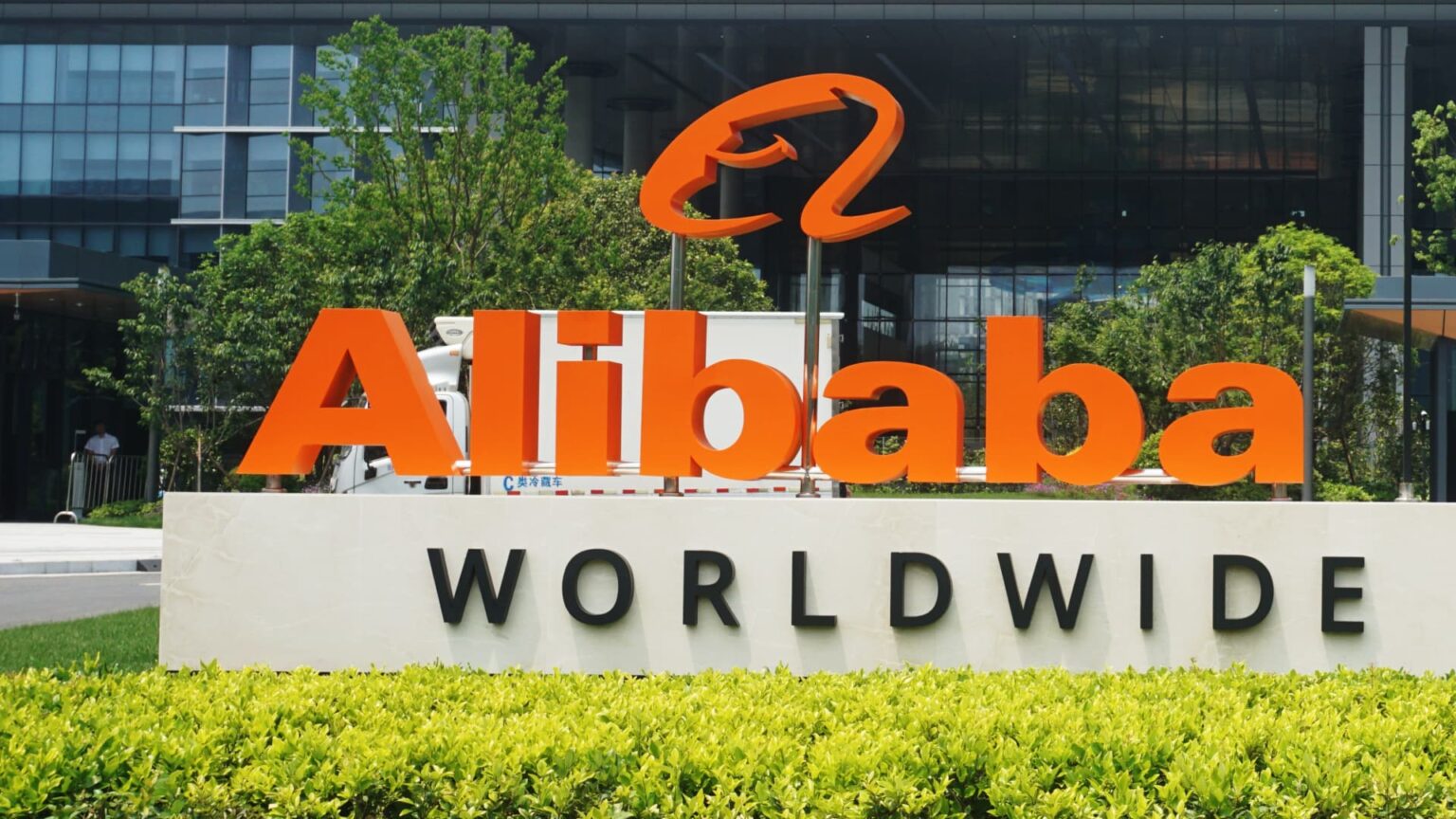BEIJING — Chinese e-commerce giant Alibaba‘s international arm on Wednesday launched an updated version of its artificial intelligence-powered translation tool that, it says, is better than products offered by Google, DeepL and ChatGPT.
That’s based on an assessment of Alibaba International’s new model, Marco MT, by translation benchmark framework Flores, the Chinese company said.
Alibaba’s fast-growing international unit released the AI translation product as an update to one unveiled about a year ago, which it says already has 500,000 merchant users. Sellers based in one country can use the translation tool to create product pages in the language of the target market.
The new version is based only on large language models, allowing it to draw on contextual clues such as culture or industry-specific terms, Kaifu Zhang, vice president of Alibaba International Digital Commerce Group and head of the business’ artificial intelligence initiative, told CNBC in an interview Tuesday.
“The idea is that we want this AI tool to help the bottom line of the merchants, because if the merchants are doing well, the platform will be doing well,” he said.
Large language models power artificial intelligence applications such as OpenAI’s ChatGPT, which can also translate text. The models, trained on massive amounts of data, can generate humanlike responses to user prompts.
Alibaba’s translation tool is based on its own model called Qwen. The product supports 15 languages: Arabic, Chinese, Dutch, English, French, German, Italian, Japanese, Korean, Polish, Portuguese, Russian, Spanish, Turkish and Ukrainian.
Zhang said he expects “substantial demand” for the tool from Europe and the Americas. He also expects emerging markets to be a significant area of use.
When users of Alibaba.com — a site for suppliers to sell to businesses — are categorized by country, developing countries account for about half of the top 20 active AI tool users, Zhang said.
Chinese companies have increasingly looked abroad for growth opportunities, especially e-commerce merchants. PDD Holdings‘ Temu, fast fashion seller Shein and ByteDance’s TikTok are among the recent global market entrants. Many China-based merchants also sell on Amazon.com.
Contextual clues
Since Alibaba launched the first version of its AI translation tool last fall, the company said merchants have used it for more than 100 million product listings. Similar to other AI-based services, the basic pricing charges merchants by the amount of translated text.
Zhang declined to share how much the updated version would cost. He said it was included in some service bundles for merchants wanting simple exposure to overseas users.
His thinking is that contextual translation makes it much more likely that consumers decide to buy. He shared an example in which a colloquial Chinese description for a slipper would have turned off English-speaking consumers if it was only translated literally, without getting at the implied meaning.
“The updated translation engine is going to make Double 11 a better experience for consumers because of more authentic expression,” Zhang said, in reference to the Alibaba-led shopping festival that centers on Nov. 11 each year.
Alibaba’s international business includes platforms such as AliExpress and Lazada, which primarily targets Southeast Asia. The international unit reported sales growth of 32% to $4.03 billion in the quarter ended June from a year ago.
That’s in contrast to a 1% year-on-year drop in sales to $15.6 billion for Alibaba’s main Taobao and Tmall e-commerce business, which has focused on China.
The Taobao app is also popular with consumers in Singapore. In September, the app launched an AI-powered English version for users in the country.
Nomura analysts expect that Alibaba’s international revenue slowed slightly to 29% year-on-year growth in the quarter ended September, while operating losses narrowed, according to an Oct. 10 report. Alibaba has yet to announce when it will release quarterly earnings.
Read the full article here










